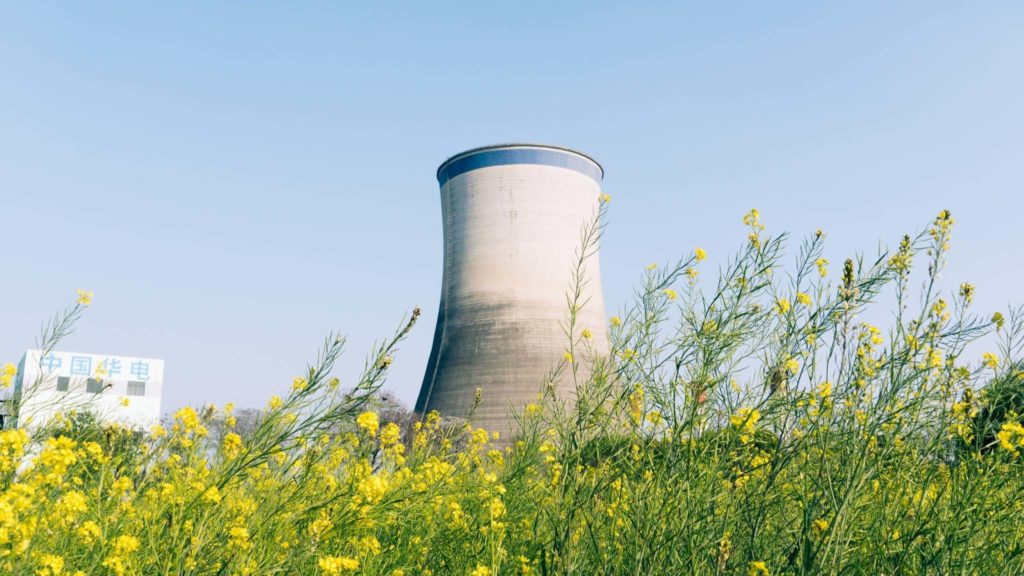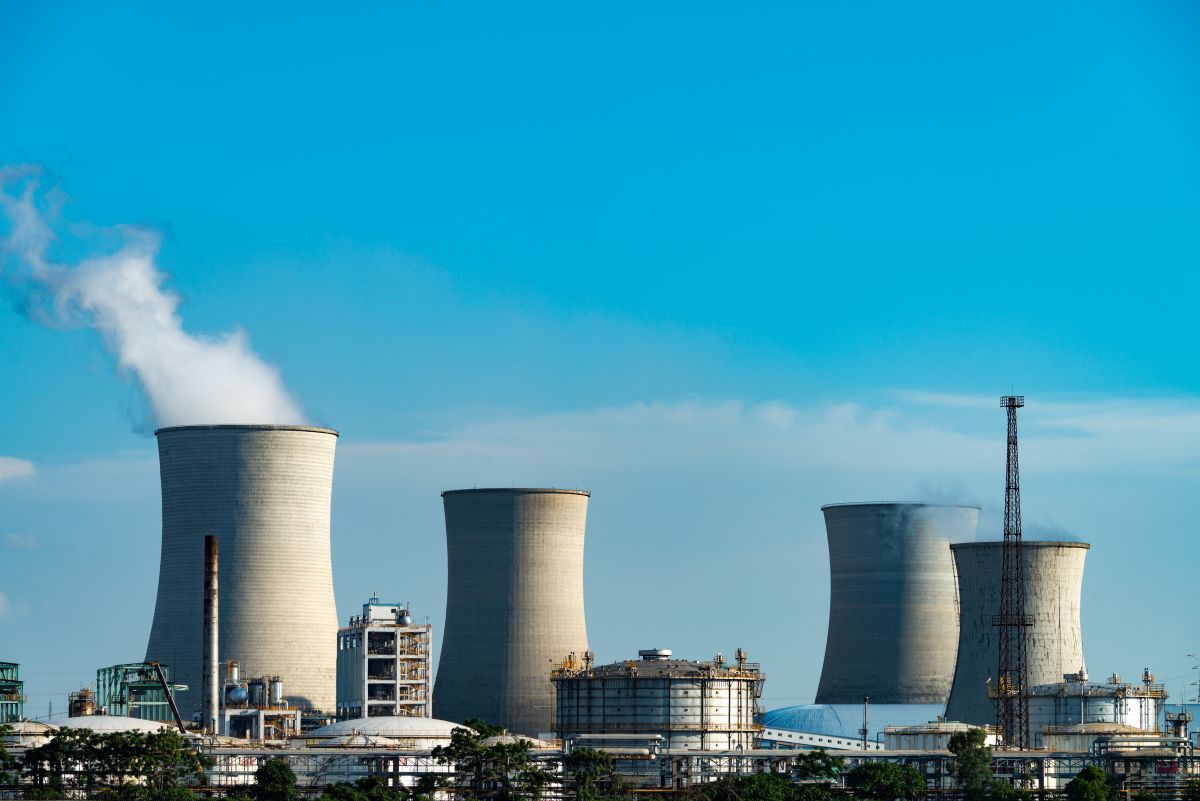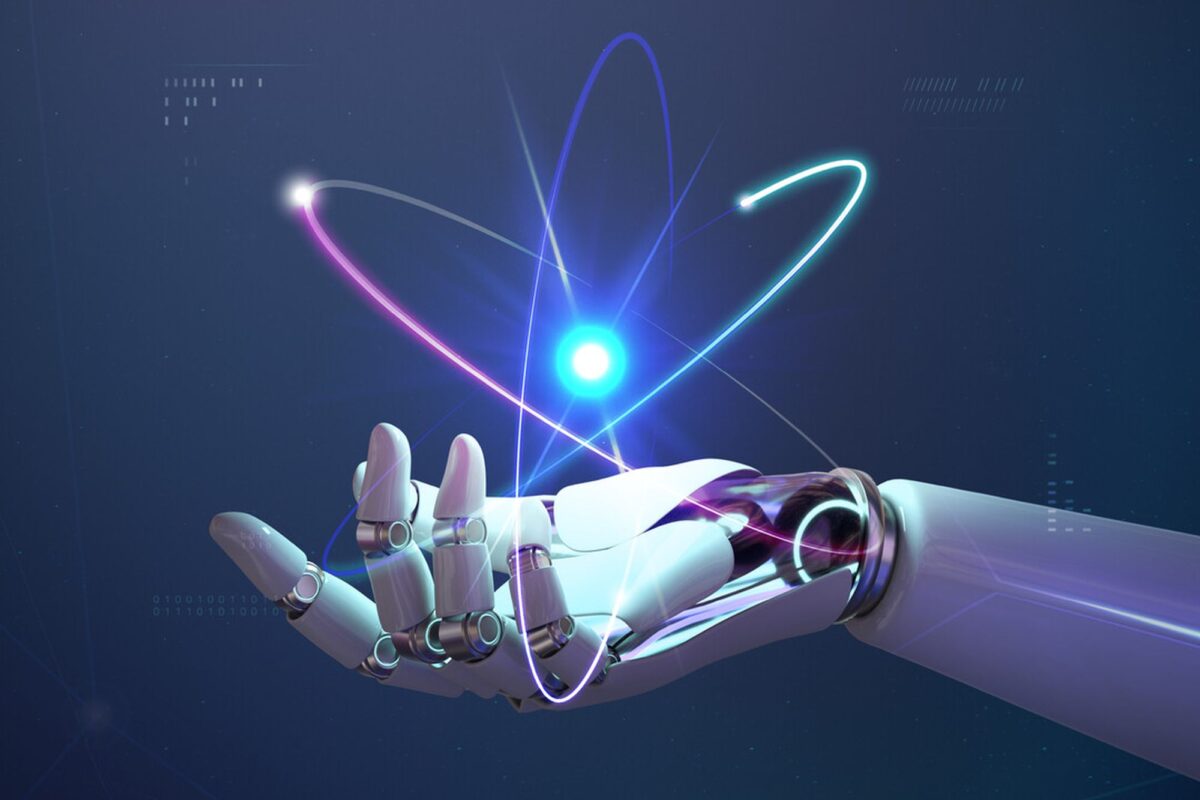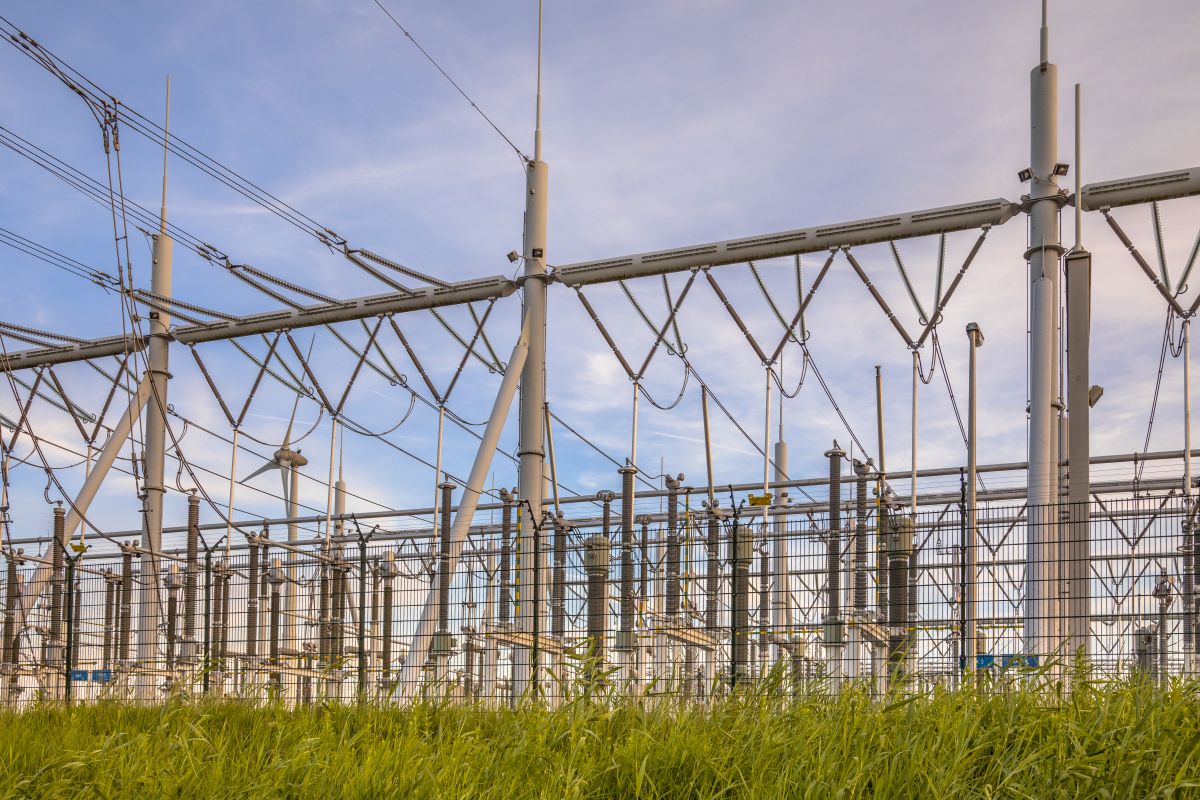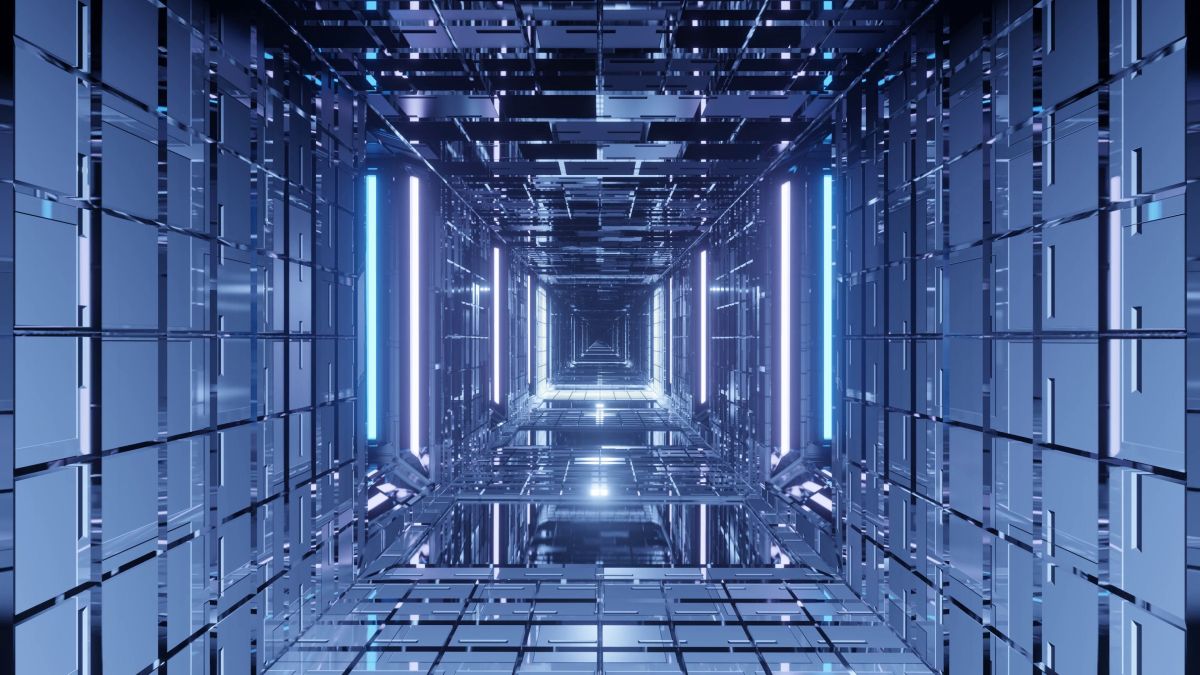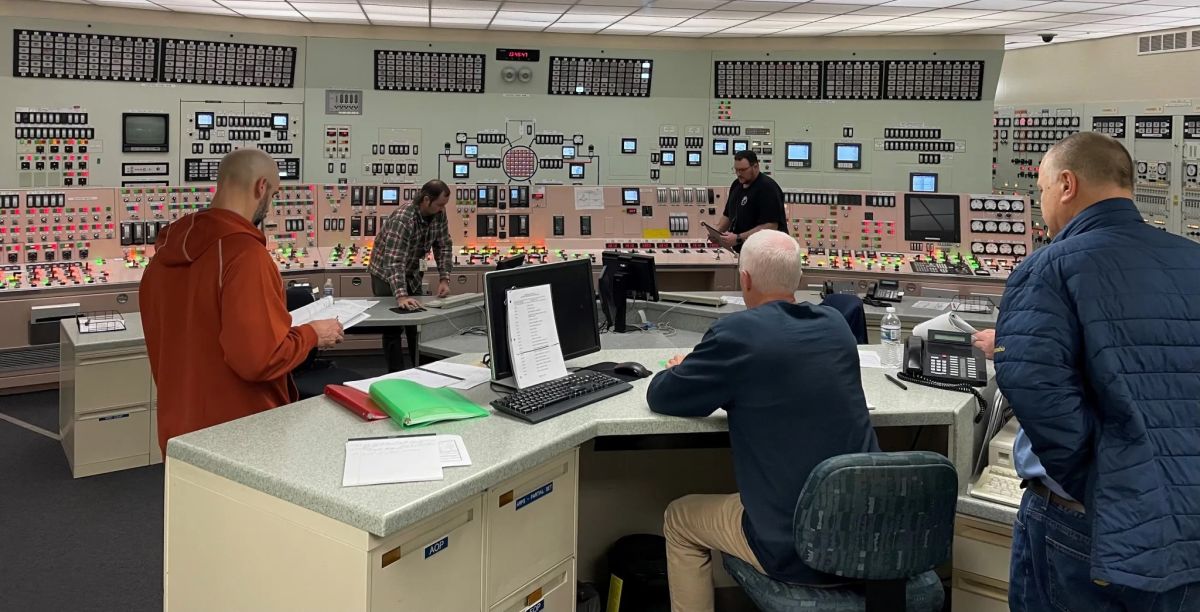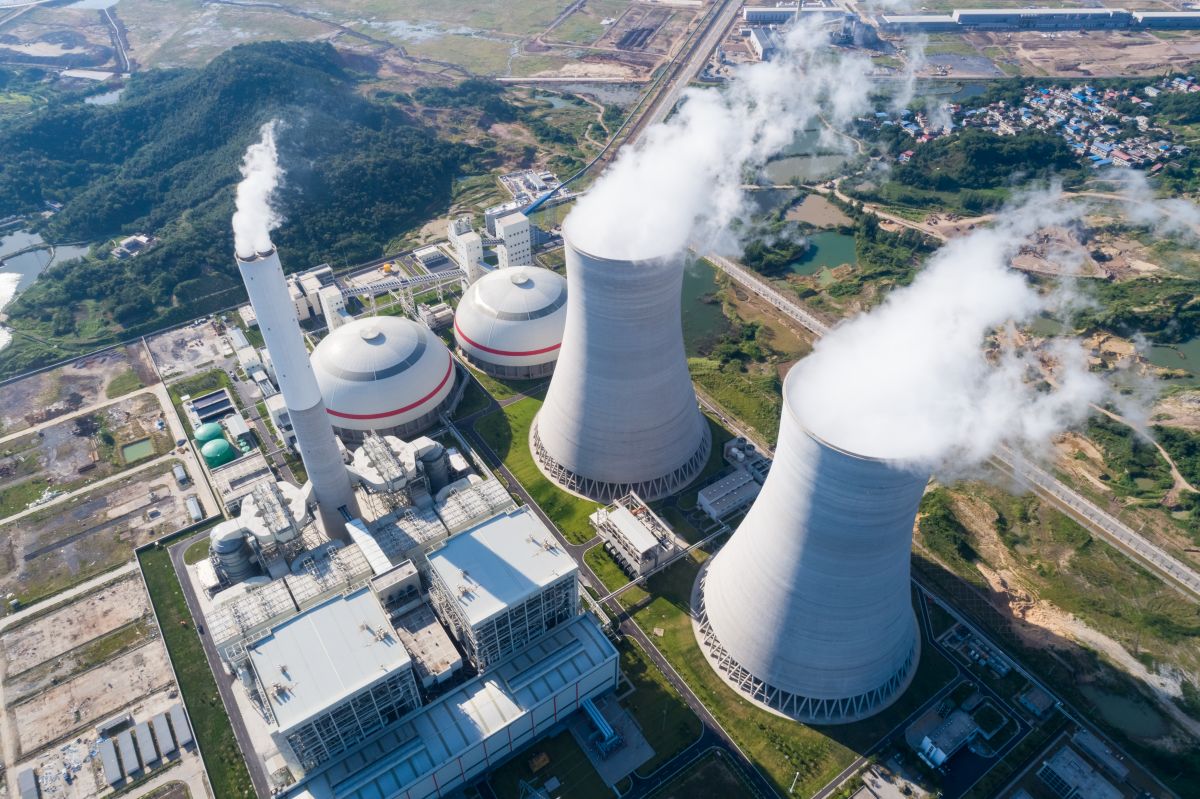We always associate the term clean with renewables, but not everyone knows that nuclear energy also comes under the umbrella of clean energy. Nuclear energy is the world’s second-largest source of low-carbon power, following closely behind hydroelectric power.
What is nuclear energy?
The energy contained within the core of an atom is called nuclear energy. Inside the nucleus are positive and negative electric charges called protons and electrons. When the bonds inside the core are broken through a process called nuclear fission, it produces a substantial amount of energy that is used to generate electricity.
And how does it work?
Nuclear energy is created when atoms split in a reactor that turns water into steam, and then it is used in a turbine to produce electricity. There are 93 nuclear reactors in the United States, and together they account for 20% of the country’s electricity.
Advantages of using nuclear energy as an energy source
- The air quality
Nuclear energy itself is clean because it uses Uranium to be produced instead of fossil fuels. Traditional energy sources like oils, coal, and fossil fuels, release destructive particles in the air such as nitrogen oxide, sulfur dioxide, particulate matter, and mercury. Nuclear energy does not release these particles, making it a pollutant-free source of energy and protecting the air quality.
Nuclear power plays an essential role in addressing global climate change. It already contributes one-third of all low-carbon electricity generated in the world. - Land footprint
Compared to other clean energy resources, nuclear energy requires less land to operate on because it generates more electricity on a smaller piece of land compared to wind turbines or solar panels. They also do not drastically change the environment surrounding them so they can be constructed almost anywhere.
A typical 1,000-megawatt nuclear facility in the United States needs just over one square mile to operate. And according to NEI, wind farms require 360 times and solar photovoltaic plants require 75 times more land area to produce the same amount of electricity.
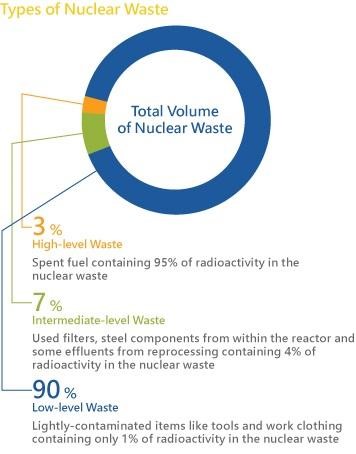
Image from https://world-nuclear.org/nuclear-essentials/what-is-nuclear-waste-and-what-do-we-do-with-it.aspx
- Minimal waste
Nuclear fuel is exceptionally energy-dense, only a small amount is required to produce huge amounts of electricity resulting in minimal waste, especially when compared to other energy sources. For example, waste from a reactor, that is supplying an individual’s electricity needs for a year, would be about the size of a brick. Only 5 grams of this is high-level waste – about the same weight as a sheet of paper.
One thing is for sure, the nuclear sector takes full responsibility for all of its waste, unlike any other energy-generating industry. In the next few decades, expect to see greater changes to improve the use of nuclear energy for a cleaner earth.
Disclaimer: Any opinions expressed in the blog do not necessarily reflect the opinions of Certrec. The content of this blog is meant for informational purposes only.


